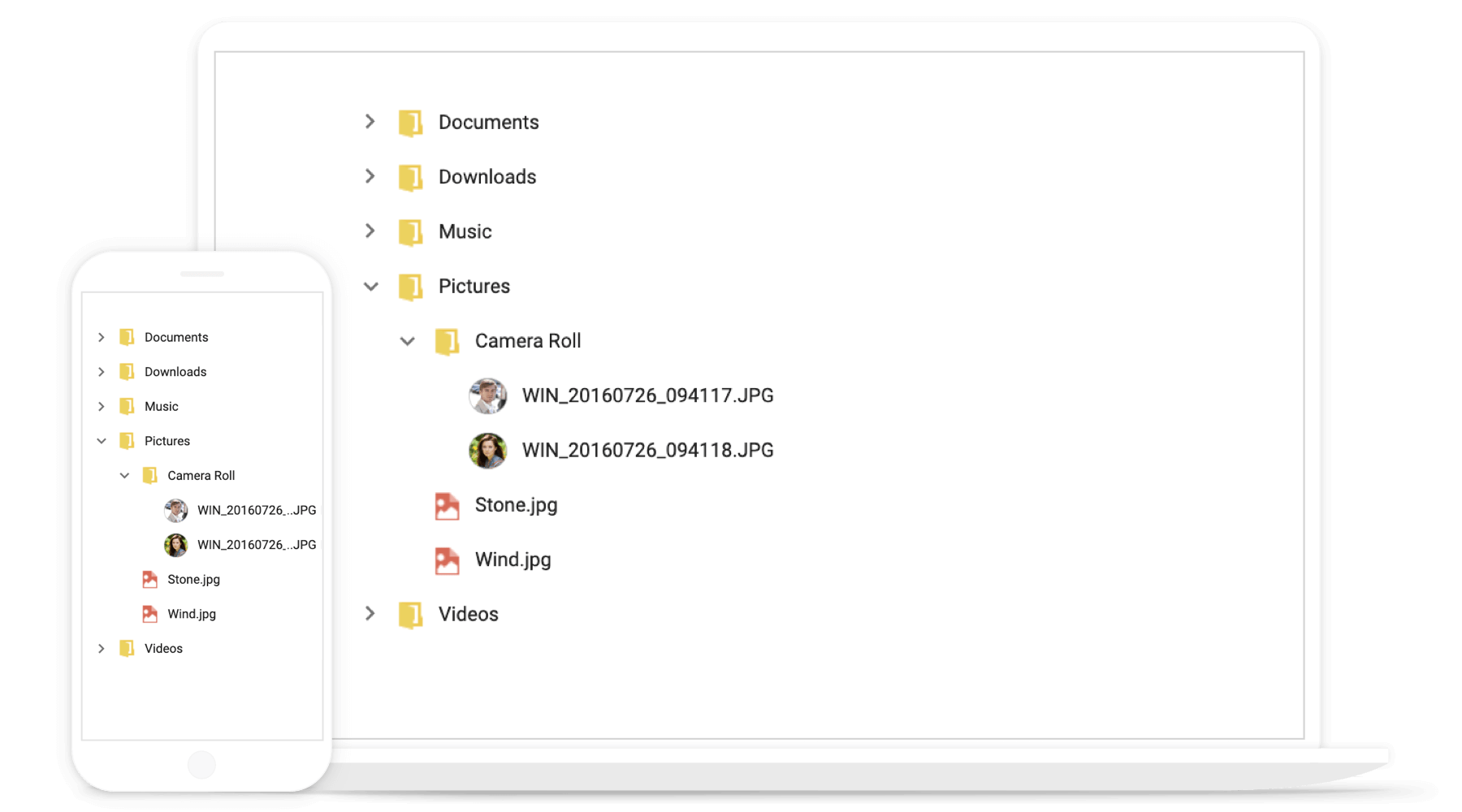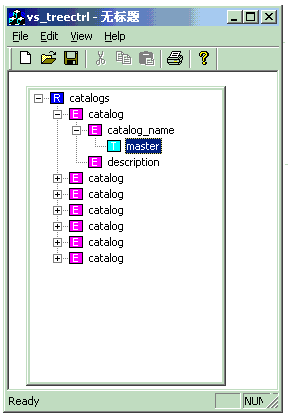


Public TreeView Empt圜ontent(string empt圜ontent) / Content displayed if the list is empty if (selector = null) //throw new ArgumentNullException("selector")

/ The property which returns the children items If (itemTemplate = null) throw new ArgumentNullException("itemTemplate") Public TreeView ItemTemplate(Func itemTemplate) / The template used to render each item in the tree view If (selector = null) throw new ArgumentNullException("selector") / The property which will display the text rendered for each item _itemTemplate = item => new HelperResult(writer => writer.Write(_displayProperty(item))) The ItemTemplate will default to rendering the DisplayProperty If (html = null) throw new ArgumentNullException("html") Public TreeView(HtmlHelper html, IEnumerable items) Private IDictionary _childHtmlAttributes = new Dictionary() Private IDictionary _htmlAttributes = new Dictionary() Private string _empt圜ontent = "No children" Private Func _displayProperty = item => item.ToString() Private readonly IEnumerable _items = Enumerable.Empty() / Create an HTML tree from a resursive collection of items Public static TreeView TreeView(this HtmlHelper html, IEnumerable items) / Create an HTML tree from a recursive collection of items
#Mvc treeview example code#
Step 4: Now let's create a custom HTML helper class to render treeview in Razor, Add new class in "Models" folder and name it as "TreeViewHelper", and use the code below using System Select "Ef designer from database" -> Click "Next"-> "New Connection" -> Conenct to your database by entering credentials of your database and selecting databaseĪfter entering connecting to database and clicking "OK", Select "Yes, include the sensitive data in the connection string", click "Next", Select Ef version "Entity Framework 6.0", Click "Next", check "Tables" and click "Finish" Step 3: Now link project with database using ADO.NET and Entity framework, right click on Models folder in Visual Studio, Select "Add" -> "ADO.NET Entity Model"/ "New Item"->"Data(Left pane) & ADO.NET Entity Model(right pane)" -> Name it and click "Add" WITH CHECK ADD CONSTRAINT FOREIGN KEY()ĪLTER TABLE. )WITH (PAD_INDEX = OFF, STATISTICS_NORECOMPUTE = OFF, SORT_IN_TEMPDB = OFF, DROP_EXISTING = OFF, ONLINE = OFF, ALLOW_ROW_LOCKS = ON, ALLOW_PAGE_LOCKS = ON) ON ĪLTER TABLE. ****** Object: Index Script Date: 6:39:22 PM ******/ĬREATE NONCLUSTERED INDEX ON. (,, , ) VALUES (6, N'Razor Syntax', N'Razor Syntax', 4) )WITH (PAD_INDEX = OFF, STATISTICS_NORECOMPUTE = OFF, IGNORE_DUP_KEY = OFF, ALLOW_ROW_LOCKS = ON, ALLOW_PAGE_LOCKS = ON) ON Script Date: ******/ĬONSTRAINT PRIMARY KEY CLUSTERED

Step 2: Now, for example ,I have this table in my database, which we need to show in Treeview, with the following table rowsĪs you can see above we have four columns on the table, where Pid is Main parent Id, you can create this table in your database with the following script Select MVC template to generate basic home controller and other details Step 1: Create a project in your Visual Studio(2017 in my example), by opening Visual Studio and clicking "File"-> "New"-> "Project" We will create a dynamic tree view menu fetched from the database, using ASP.NET MVC 5, C#, Razor and SQL Server 2012 with the help of JStree jquery plugin. In this article, we will create dynamic treeview in asp.net mvc from database data, which will help you link parent node with the child node and sub-child node easily.



 0 kommentar(er)
0 kommentar(er)
